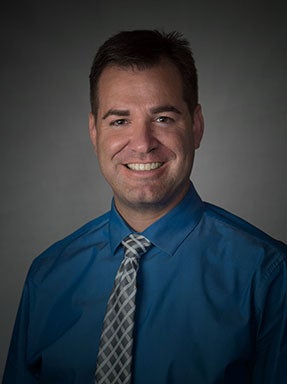Remembering 9/11 15 Years Later
DU professor who worked in the Pentagon reflects back on that day
“I spent 29 years in uniform and I had one bad day and that was 9/11.” Philip Beaver can remember the events of Sept 11, 2001, as if they happened yesterday. Now a professor in the Department of Business Information and Analytics (MSBA) in the Daniels Schools of Business, he was working in the Pentagon on the day of the attacks.
“The fuselage plowed through our offices,” Beaver recalls. “I was at my cubicle when the plane hit. It came in right in line with my desk, but it came at an angle through our office. I was in the corner in what was basically a sweet spot. Nobody in my division was even injured.”
Beaver vividly remembers the frantic moments right after the plane hit. “I saw this huge fireball, and I saw this window coming at me. My initial reaction was: explosion that way, go the other way. I immediately started running toward the outer wing of the Pentagon. After I got down about five or six cubicles, I realized I was going in the wrong direction; the damage was greater down there.”
Beaver went back toward his cubicle. He then spent the next 10 to 20 minutes helping other people evacuate before eventually leaving the Pentagon. It wasn’t until he was outside that he realized the magnitude of what had happened. “I didn’t realize until I was out of the Pentagon and in the south parking lot that it had been a plane. Most of us thought it was a huge explosion.”








